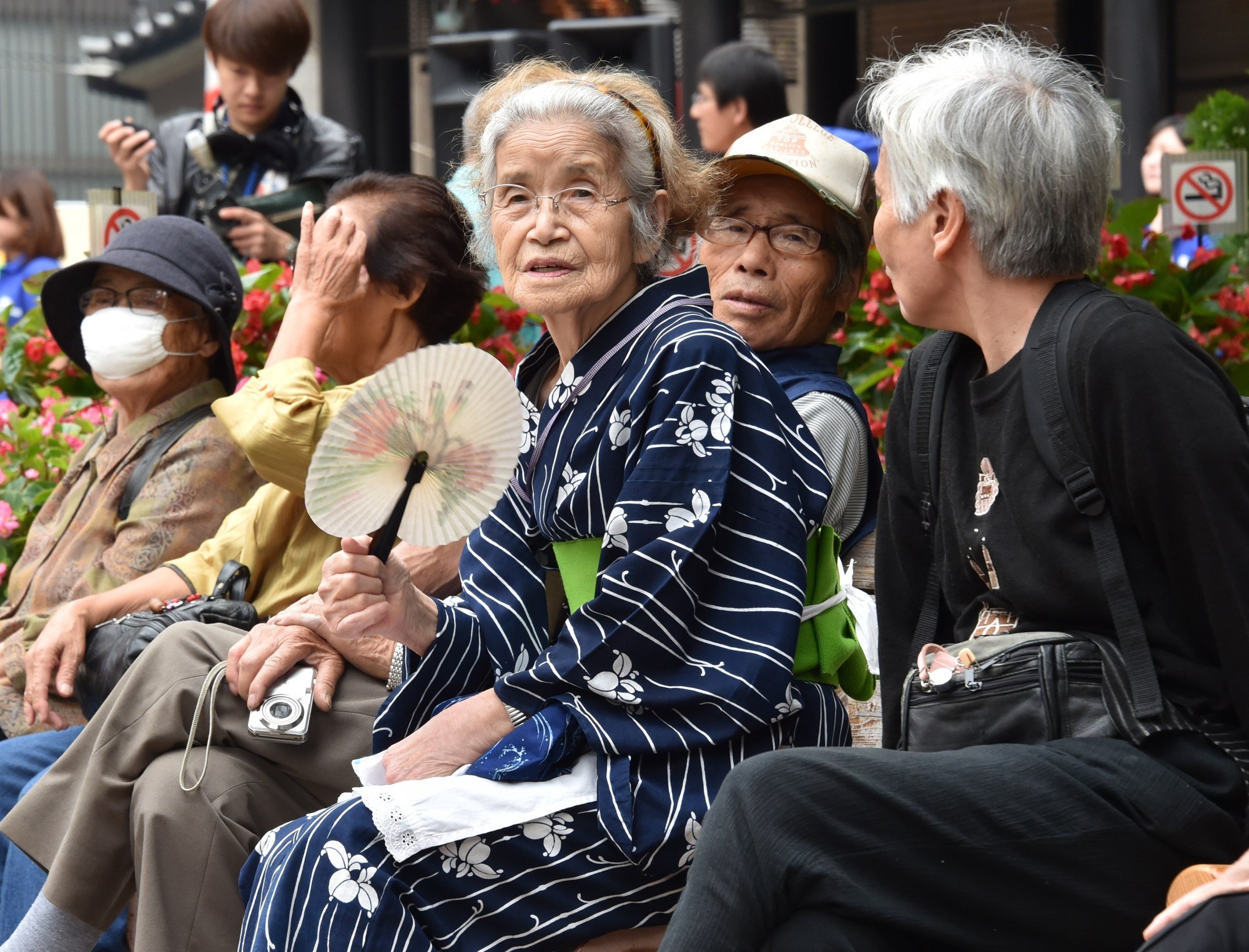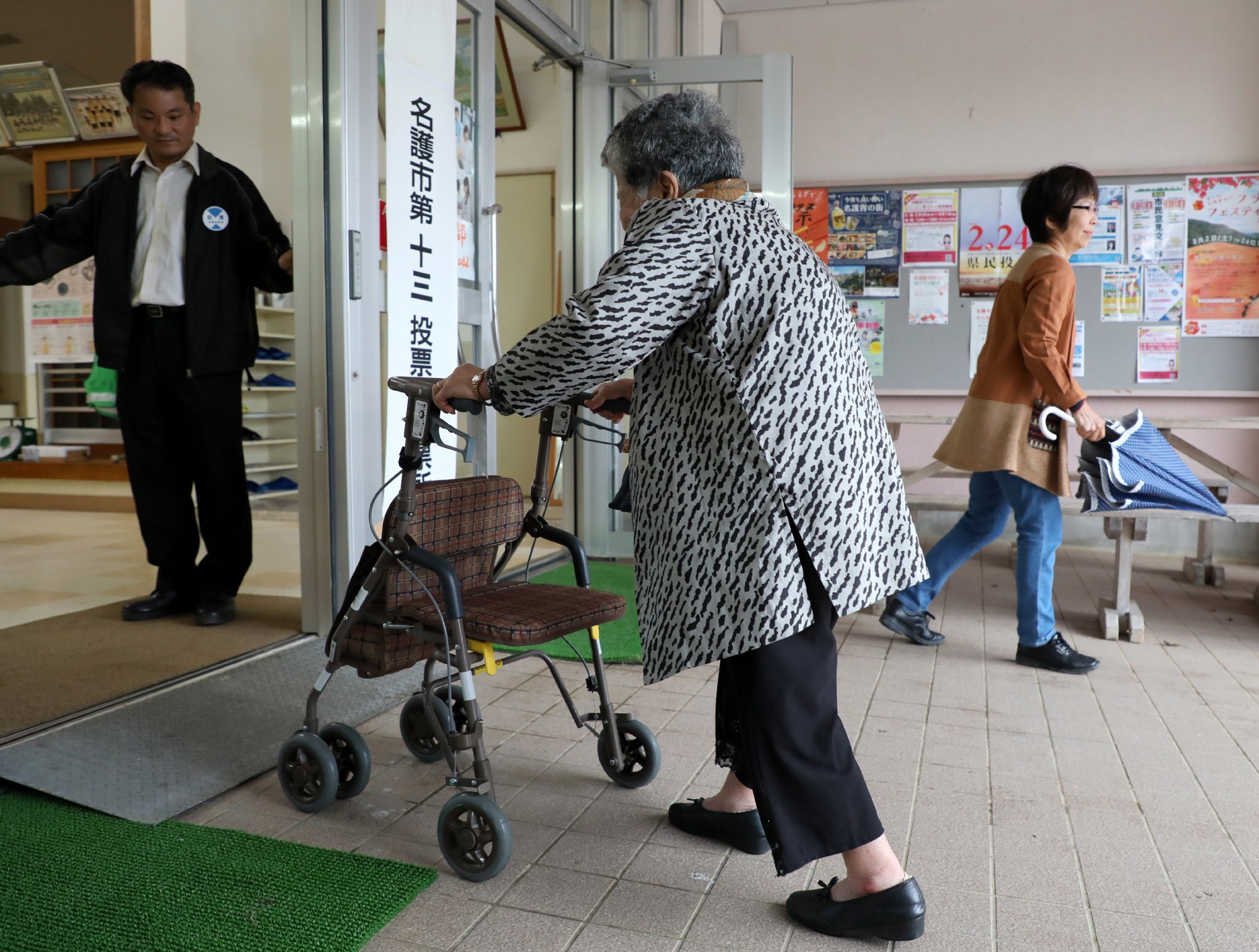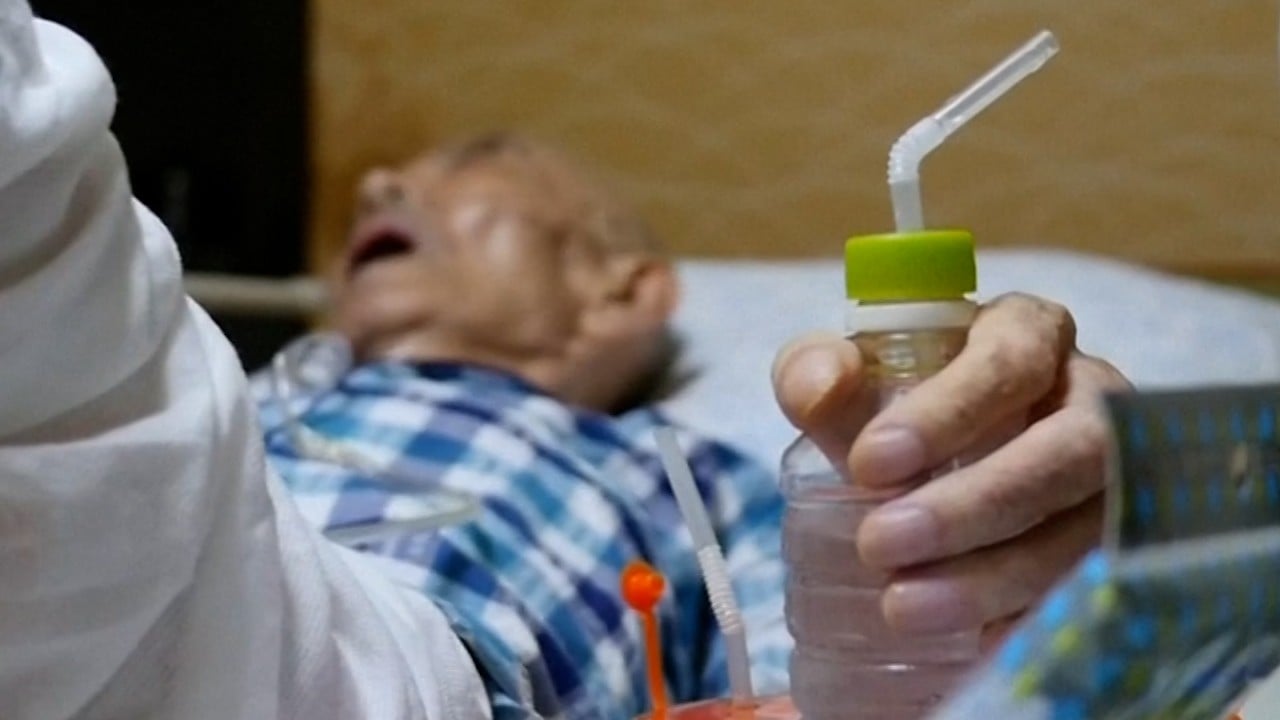Rapid changes in Japanese society, particularly the evolving family unit, have not been countered by the creation of networks to support the rise in the number of elderly individuals who have to fend for themselves, analysts say.
Masataka Nakagawa, a senior researcher with the government-run National Institute of Population and Social Security Research, said there were three main reasons for the high number of kodokushi, or lonely deaths, in Japan.
“There have been big changes in living arrangements within Japanese families,” he told This Week in Asia. “We used to have multiple generations of the family all living together in the past, but that is no longer the case as children tend to move away from their parents for work reasons.
“On top of that, the marriage rate has been decreasing for some years and that means there are many single people, even among the elderly now,” he said.
The third factor was the longer average life expectancy, leading to one half of elderly couples – usually women – living alone, Nakagawa said.

The statistics on “lonely deaths” were released by the National Police Agency on Tuesday. They showed that across Japan, 21,716 people died alone in the first three months of the year, with nearly 80 per cent, or 17,034 individuals, aged 65 or older.
The statistics showed that the largest group of such deaths – including by suicide – was among those aged 85 or older, with 4,922 cases.
The report was the first time the agency conducted a comprehensive overview of the issue.
Its release came after the government passed a law in May last year to tackle the problem, which was worsened by the coronavirus pandemic.
According to a government group working on the issue, a “lonely death” is defined as a person dying without anyone else realising and whose passing is discovered after some time.
The law, which went into effect on April 1, calls on local governments to identify people who are vulnerable and manage the causes of the problem. Telephone services and a website offering consultation to such individuals have been introduced.
Nakagawa said that neighbourhoods and local communities traditionally complemented families to provide support for the elderly, but the large number of “lonely deaths” suggested that support networks and the social security system were inadequate.
“We know that women tend to continue relationships with family members, neighbours and local communities better than men, so I believe a greater focus needs to be on elderly men who live alone and tend to be more isolated,” he said.
Experts say the report is the first nationwide study of its kind, and that it is difficult to establish figures for previous years. In 2009, however, national broadcaster NHK reported 32,000 “lonely deaths” a year, up from just 1,049 confirmed cases in 1994.
The problem is not unique to Japan. A report by the South Korean government in December 2022 indicated there were 3,378 “lonely deaths” in the country in 2021, up from 2,412 in 2017, of whom the majority were in their 50s and 60s.
Tomoko Owan, an associate professor specialising in gerontology at the University of the Ryukyus, said “lonely deaths” were less common in Okinawa and that the rest of Japan could learn some lessons from the sense of community in Japan’s most southern prefecture.

“This is a small island and people here still value the sense of family, of being able to meet face-to-face and to communicate,” he said. “We call this moai, and it is something that people in the rest of Japan seem to have forgotten as more people lose contact with each other.”
Owan said that in big cities such as Tokyo and Osaka, the community spirit no longer existed as more people lived by themselves, unlike in Okinawa where festivals, dance and sporting events happened regularly.
Stressing the need for people to remain mentally and physically healthy regardless of their age, she said: “I am 65 years old, but I teach karate at Ryukyu University and have recently started teaching a class of young people who did not know much about this part of Okinawan culture. It’s important to me that I stay active and stay in touch with friends and family.”


